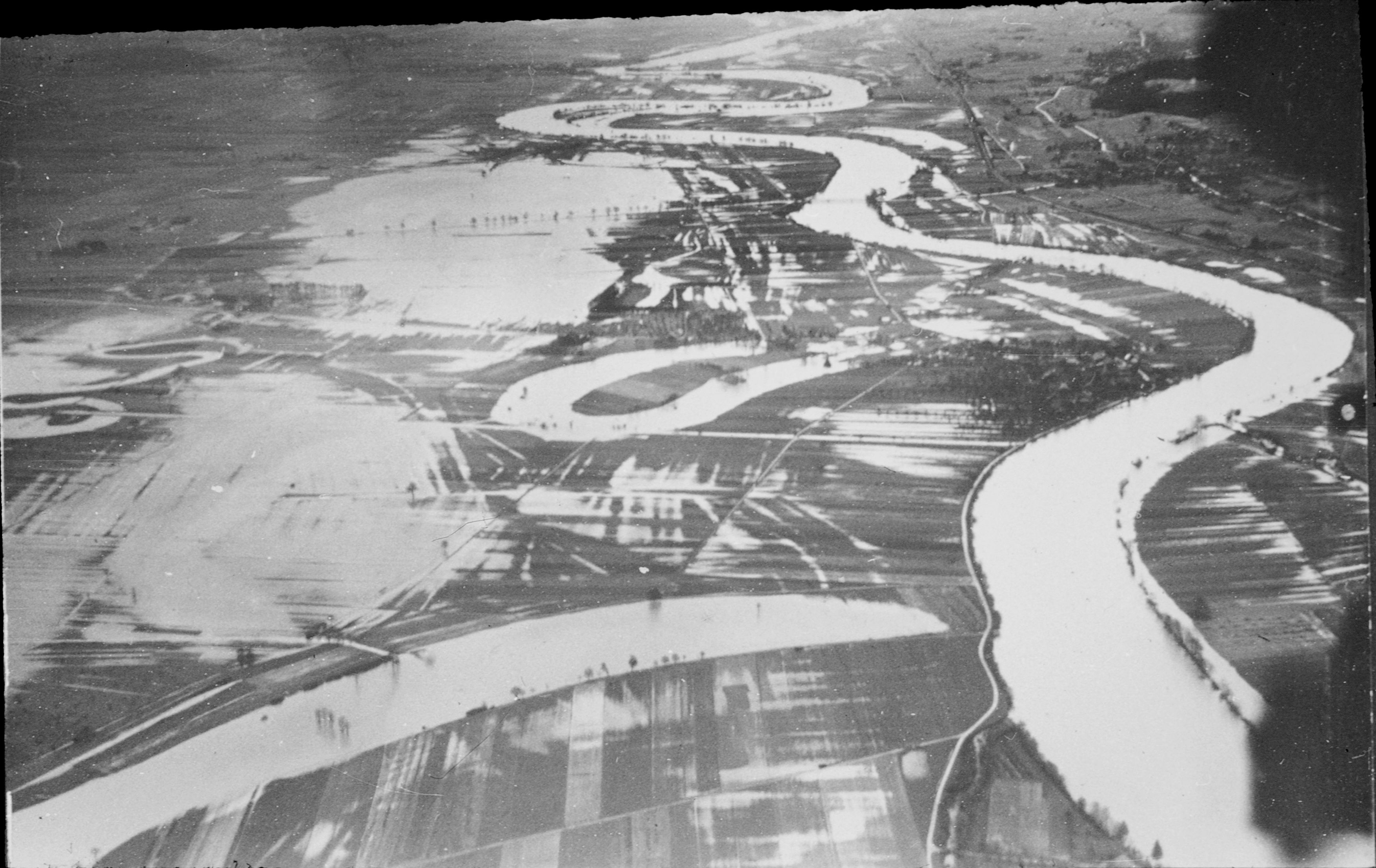- Home
- Science Introduction
- CRIAS Scientific Goals
CRIAS scientific goals
![Fig. 3: Page from a weather diary from a monk in Einsiedeln, Switzerland, written at the end of the 17th century [http://creativecommons.org/licenses/by-nc-sa/2.5/ch/]. Credit: Diarium P. Josef Dietrich, Bd. 8 (1692-1694) (KAE, A.HB.8, S. 71) http://www.klosterarchiv.ch/e-archiv_archivalien.php](/sites/default/files/inline-images/crias-dietrich-tagebuch.jpg)
Bd. 8 (1692-1694) (KAE, A.HB.8, S. 71)
http://www.klosterarchiv.ch/e-archiv_archivalien_detail.php?signatur=KAE,%20A.HB.8&start=80
The primary focus of CRIAS is to share and improve methods in historical climatology, whether these improvements come from new historical research, new statistical approaches, or more effective comparison of the archives of societies with paleoclimate data and models.
CRIAS aims to improve the use of the archives of societies in reconstructing historical climate variability and human impacts with the following goals:
1. To coordinate and disseminate best practices for climate reconstruction from the archives of societies from all world regions.
In particular, we are concerned with establishing the compatibility of data produced by historical climatologists working in China with those produced by historical climatologists working in Europe and elsewhere. As a first step, this means discussing shared standards of source criticism and as subsequent second step, we will review the existing methods of creating climate indices, their strengths and flaws, while we look for ways to make their creation more transparent.
2. To coordinate and disseminate best practices for creating data for climate-historical databases that collect, tag, and qualify information from the archives of society.
In particular, we are concerned with how to compile and interpret narrative sources for use in climate reconstruction. Our goal is not to create a new database but to review, refine and harmonize existing databases in close cooperation with their creators.
3. To coordinate and disseminate best practices for integrating information from historical climatology into paleoclimate reconstructions and climate modeling.
In particular, we aim to explore ways that paleoclimate reconstructions and models could take advantage of the higher resolution and complete seasonal coverage found in these sources, while avoiding problems that might arise from the inhomogeneity of records and the loss of low-frequency variability inherent in many reconstructions based on the archives of societies.
4. To establish best practices for attributing impacts on past societies to historical climate variability or change.
In particular, we will work to produce publications that researchers could draw on for language and guidelines whenever arguing that some past climatic change caused a societal change, so as to avoid overly vague or deterministic statements about human history.
